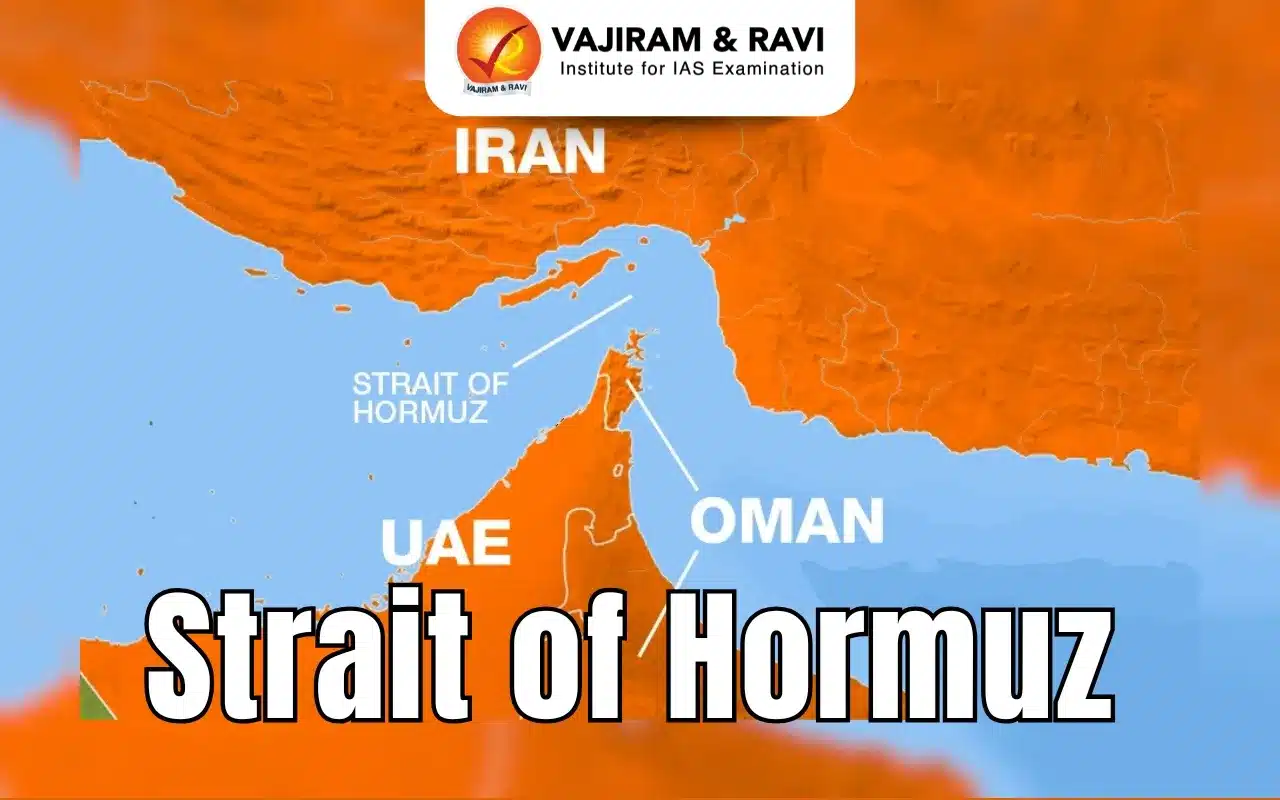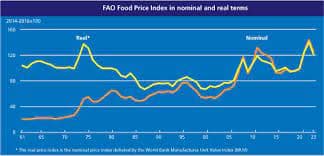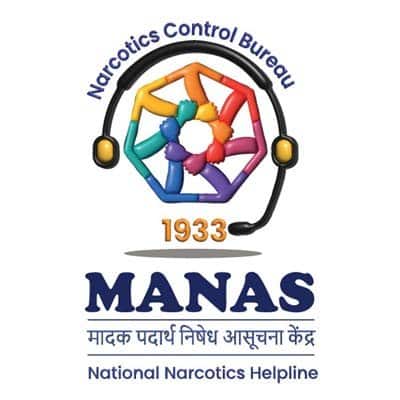Strait of Hormuz Latest News
Amid tensions with the US, Iran on Saturday flexed its military muscle by installing its missile systems on the three disputed islands (Greater Tunb, Lesser Tunb, and Abu Musa) near the Strait of Hormuz.
About Key Facts about Strait of Hormuz
- It is a narrow waterway between Iran and the Arabian Peninsula, specifically the United Arab Emirates, and Musandam (Oman).
- It connects the Persian Gulf to the Gulf of Oman.
- Iran is located on the north coast, while the UAE is on the south coast.
- The Gulf of Oman is on the Strait’s east, while the Persian Gulf is on the west.
- The strait is 167 kilometers long, with its width varying from 39 kilometers to 95 kilometers.
- Its width narrows towards the north but still allows for the passage of large vessels.
- Some of the islands located in the Strait of Hormuz are Hengam, Hormuz, and Qishm.
- The Strait of Hormuz is considered one of the world’s most economically important choke points.
- About 30% of the world’s liquefied gas and 25% of oil pass through the Strait of Hormuz.
Strait of Hormuz FAQs
Q1. What connects the Strait of Hormuz?
Ans. The Strait of Hormuz connects the Gulf of Oman with the Persian Gulf.
Q2. Why is the Strait of Hormuz important to India?
Ans. It plays a crucial role in India’s energy security and economic stability due to its position as a primary route for oil and liquefied natural gas (LNG).
Q3. Which two countries primarily border the Strait of Hormuz?
Ans. Iran and United Arab Emirates
Source: WEEK
Last updated on July, 2025
→ UPSC Notification 2025 was released on 22nd January 2025.
→ UPSC Prelims Result 2025 is out now for the CSE held on 25 May 2025.
→ UPSC Prelims Question Paper 2025 and Unofficial Prelims Answer Key 2025 are available now.
→ UPSC Calendar 2026 is released on 15th May, 2025.
→ The UPSC Vacancy 2025 were released 1129, out of which 979 were for UPSC CSE and remaining 150 are for UPSC IFoS.
→ UPSC Mains 2025 will be conducted on 22nd August 2025.
→ UPSC Prelims 2026 will be conducted on 24th May, 2026 & UPSC Mains 2026 will be conducted on 21st August 2026.
→ The UPSC Selection Process is of 3 stages-Prelims, Mains and Interview.
→ UPSC Result 2024 is released with latest UPSC Marksheet 2024. Check Now!
→ UPSC Toppers List 2024 is released now. Shakti Dubey is UPSC AIR 1 2024 Topper.
→ Also check Best IAS Coaching in Delhi















